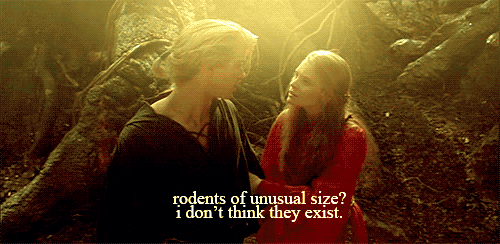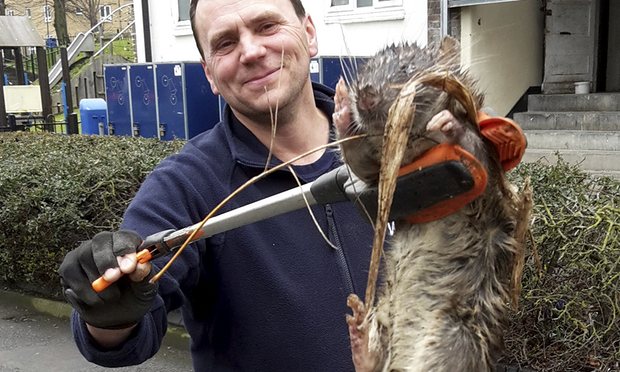Double Maths First Thing is bringing the thunder
Hello! My name is Colin and I am a mathematician on a mission to spread joy and delight in playing with patterns, puzzles, figures and logic.
First up, an apology: in last week’s issue, I mistyped the number of solvable nonograms: rather than 25,000, there are 25,000,000. As of Tuesday evening, humanity has solved about 27% of them. Good work, fellow humans!
Links
One fellow human doing good nonogram work is Lucas Cimon, who has developed code to generate nonogram QR codes. He says it will likely be “difficult to solve manually”.
Since we’re looking at puzzles and logic, all-round good egg Tony Mann has pointed me at a remarkable 4-by-4 sudoku and Cracking the Cryptic’s solution video. Meanwhile, there’s a ferocious argument going on in the group chat about Zp-ordle, the daily puzzle game for people who think Wordle needs more p-adic integers. (Which is everyone, right?)
There’s one question on everyone’s lips: “Will Jesus Christ return in an election year?” Eric Neyman explains why the likelihood given on Polymarket is 3%, considerably higher than most analysts would predict.
Meanwhile, here’s Hannah Fry peeling an orange.
And in mental arithmetic news, Niklas Oberhuber estimates some logarithms. (I particularly liked that 5^10 is about 9.8 million, which I’ll store in the Useful Approximations drawer of my brain.)
Currently
It’s mid-month, which means that your local MathsJam is coming up soon (Tuesday 17th in many locations, including Weymouth). Find yours here, or email Katie to find out how to start your own.
The 240th Carnival of Mathematics now has a link at Beauty of Mathematics. Similarly, the TMiP animation playlist for May is live.
That’s all I’ve got for this week. If you have friends and/or colleagues who would enjoy Double Maths First Thing, do send them the link to sign up — they’ll be very welcome here.
If you’ve missed the previous issues of DMFT or — somehow — this one, you can find the archive courtesy of my dear friends at the Aperiodical.
Meanwhile, if there’s something I should know about, you can find me on Mathstodon as @icecolbeveridge, or at my personal website. You can also just reply to this email if there’s something you want to tell me.
Until next time,
C


